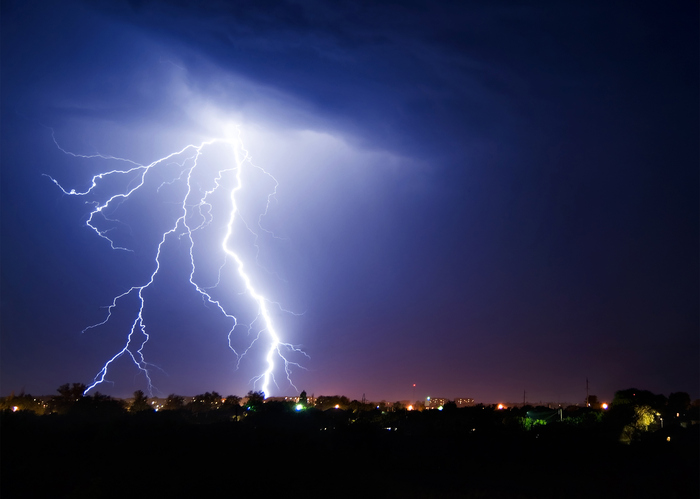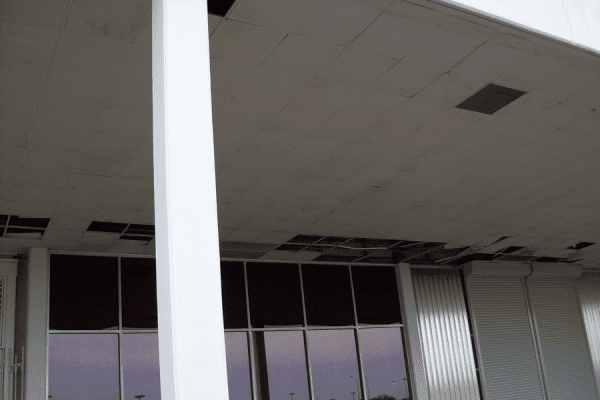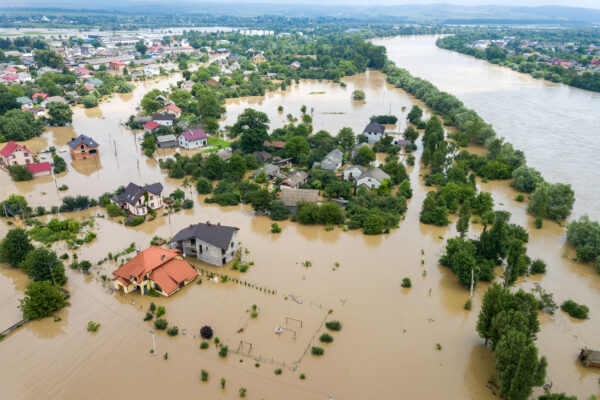Property owners and managers are well aware of the dangers of Hurricane Season across the Southeastern United States. We spend millions of dollars preparing for recovery and risk mitigation, and there’s no doubt a bad hurricane season can cause a lot of property damage.
But the reality is that catastrophic events happen all year long, and hurricanes aren’t even the leading cause of property damage from natural disasters. If your disaster planning is limited to hurricane season, you’re putting yourself at risk.
Here are 5 catastrophes you should be preparing for all year long.
One: Severe Thunderstorms
According to the Insurance Information Institute, severe thunderstorms were the leading cause of insured property damage in 2016, accounting for 60 percent of losses at a total dollar amount of $14 billion.
Severe thunderstorms can cause several types of damage. Lightning strikes can destroy electrical wiring, appliances, systems, and fixtures. Torrential rain causes flash flooding and wind-blown water damage. Hail alone causes up to $1 billion worth of damage in a given year. And, of course, tornadoes are capable of devastating destruction.
Two: Floods and Flash Floods
Hurricanes and thunderstorms are not the only causes of flooding and flash flooding. Tropical storms, meltwater, and failing infrastructure can all cause these dangerous conditions. As our nation’s infrastructure ages, this is a particular hazard for facilities located in low lying areas and near dams and other large-scale water containment structures. In 2016, floods and flash floods caused $4.3 billion worth of property damage.
Three: Wildfires, Heat Waves, and Drought
In the humid Southeastern United States, we don’t often worry about wildfires or drought, but heat waves can certainly cause problems both for humans and the structures they depend on. In extreme heat, roads and bridges can buckle and fail. Power grids can be strained by demands for air conditioning, and power interruptions can lead to issues with moisture build-up and poor indoor air quality for property owners and managers. Of course, wildfires can be an obvious source of property loss, and as extreme weather events become more common, even areas previously immune to these catastrophes may become vulnerable.
Four: Winter Storms and Cold Waves
Ice storms and heavy snowfall can lead to downed branches, power lines, and other forms of property damage. While we don’t usually associate winter storms with the Southeastern United States, changing weather patterns are making damage from winter storms and cold waves more frequent even in Southern regions. And it’s not only the winter months that are vulnerable–a surprise storm can show up as early as October or as late as April through much of the Southeast.
Five: Local Events
Sometimes, catastrophe strikes in unique and localized ways. The Atlanta bridge fire in 2017, for example, could not easily have been predicted and was unconnected to seasonal weather. Every year, bridges collapse, trees fall on buildings, fires take down structures, and other localized catastrophes cause massive amounts of property damage.
Hurricanes get a lot of media coverage, but property owners who prepare for hurricanes while ignoring other sources of potential catastrophe are taking unnecessary risks. It’s important to create a disaster response and recovery plan that accounts for any type of catastrophe, and to keep it up to date year-round.
Part of every disaster recovery plan should be a relationship with a catastrophe response team that can get in quickly, assess any damage and facilitate a strong and swift recovery. Call our experts today to find out how we can help.






